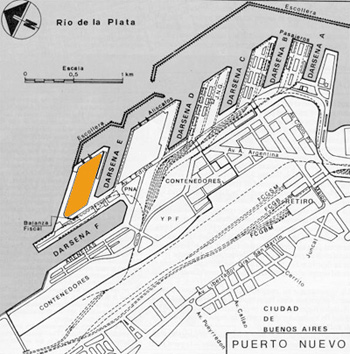
After service began in 1914, the CIAE continued to grow as demand increased. They invested heavily in infrastructure –approximately 75-85% of profits until 1950. Their main competition, the CATE, had financial difficulties in Europe after World War I, & in 1920 company control passed to the Belgian holding company Société Financière de Transports et d’Entreprises Industrielles (SOFINA). To mark the change, the CATE became the Compañía Hispanoamericana de Electricidad (CHADE) with head offices in Barcelona & Madrid. Large investment kept the CHADE as the largest supplier of electricity in Buenos Aires, especially after the 1929 opening of a super-generator port complex:
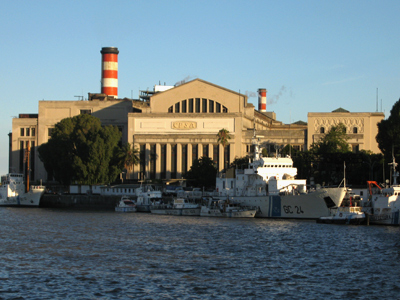
The 1930s was expected to usher in a new era of demand from the purchase of radios & refrigerators. However, serious economic repercussions from the 1929 crisis kept consumption from skyrocketing. The CIAE followed the CHADE with a new generator of their own in 1933 on the opposite dock but without Chiogna’s trademark Italian style. The Usina Doctor Carlos Givogri, designed by José Molinari used the iconography of the times –a little Art Deco mixed with some Monumentalism. In the 1960s, it was jokingly christened Nuestra Señora de Electricidad at the School of Architecture as a reference to its basilica-like appearance:
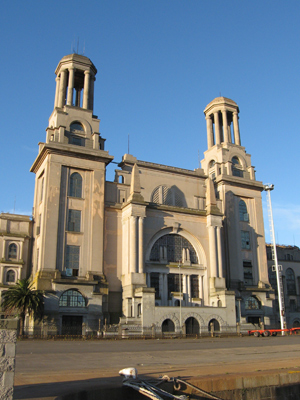
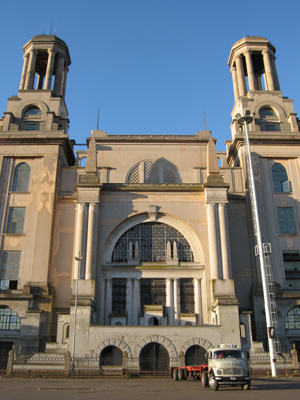
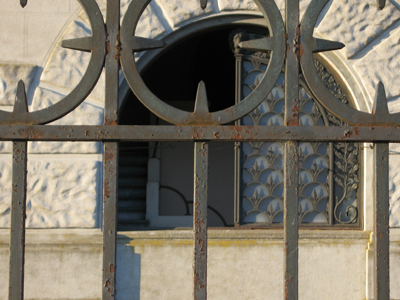
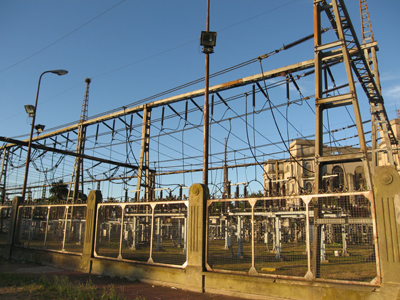

A few years earlier, three additional secondary generators had been built; however, only the Pérez Galdós installation across from the main generator in La Boca retained the original architectural branding of the CIAE’s early years. Estados Unidos (awesome eagles) & Tucumán subusinas pictured below:
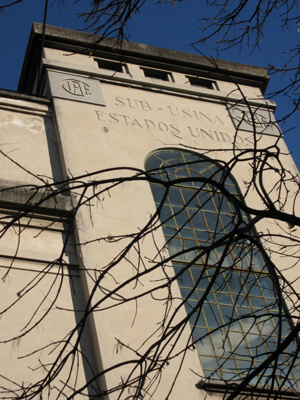
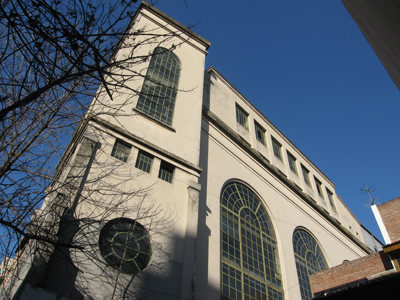
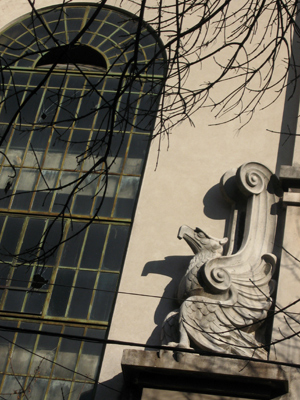
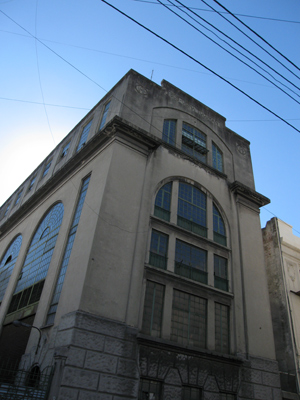
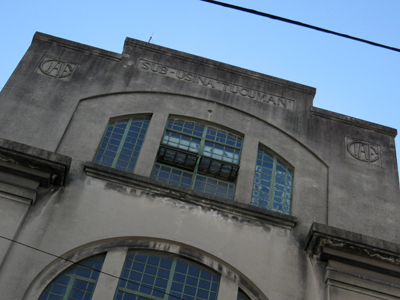
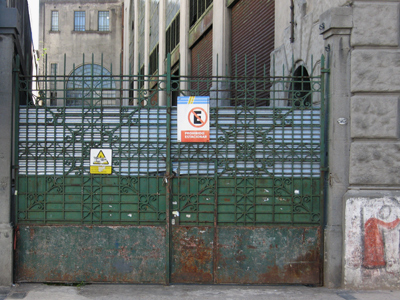
Financially, the CIAE made such a profit in its early years & attracted so many new investors that the initial start-up loan of $20 million from Columbus was paid off in 1924. From 1929-36, they obtained new debt by borrowing $22 million (28% of their net worth)… mainly for the construction of the super-usina. Most of the new loan was paid off quickly & the CIAE enjoyed good financial standing.
But during the 1930s, little new capital from investors or Motor-Columbus was acquired. Profit margins leveled off at about 8% in terms of local currency & decreased dramatically in Swiss Francs. The CIAE also paid around 17% of its net profit in taxes & concession agreements… all this before stockholders were paid any dividends. In other words, the CIAE maintained itself well –quite an accomplishment in Argentina– but never saw large growth after its first 15-20 years of operation.
When everyone was suffering after the 1929 stock market crash, competitor CHADE earned profits of 10% annually. The decrease in personal consumption was offset by industrial growth + a dual pricing structure… industry was charged a lot more than individual consumers. Although the CIAE did not supply big industry, making considerable profit during a worldwide depression & politicial troubles in Argentina made everyone question their operation & that of the CHADE…
CIAE series: Electricity timeline • Precedent & foundation • Swiss holding companies • Architecture 1 2 3 4 • Expansion • Scandal • Fade to black • Building list • Bibliography
Hola Robert, el sobrenombre que le dimos a la Usina fue Nuestra Señora de la Buena Luz. Se relacionó la arquitectura con la escenografía de la película Metrópolis. Algo de eso, creo rec ordar se menciona en “Buenos Aires nos cuenta”. abrazo y felicitaciones… un trabajo impecable
Gracias Mario! Tanto tiempo! Lo escribí hace 11 años y ya no tengo mis libros de arquitectura de Buenos Aires… pero seguro que leí N.S. de Electricidad en alguno de ellos, quizás una serie de Clarín. Pero vamos, los dos suenan genial 🙂 Espero que estés muy bien! Un abrazo desde España!